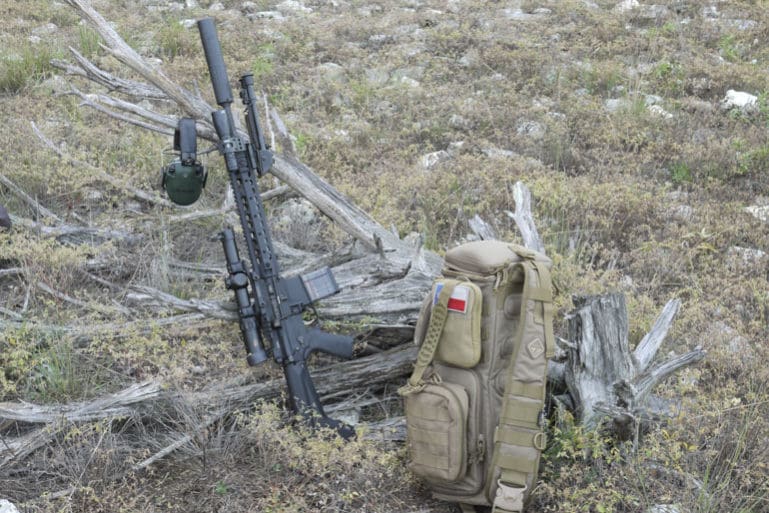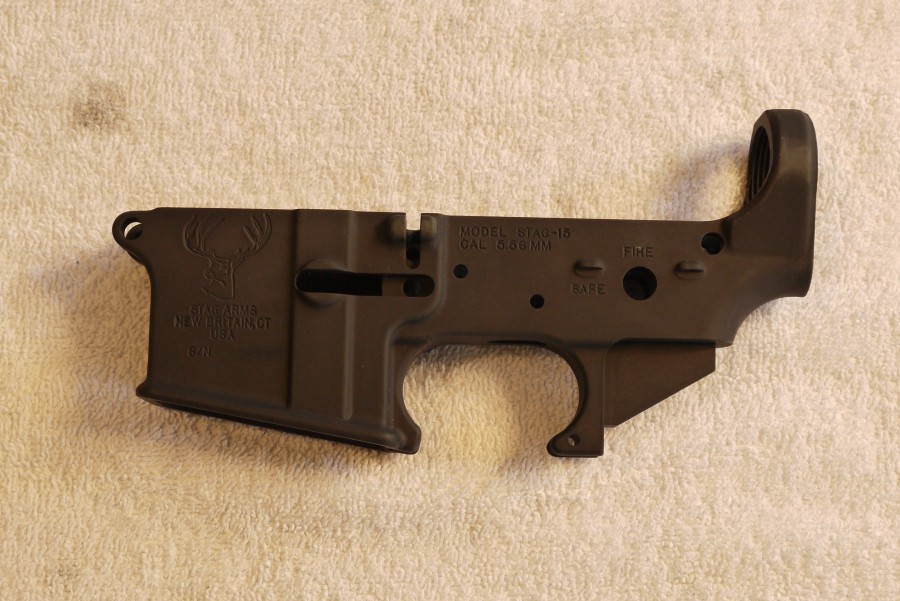
courtesy Nick Leghorn for TTAG
[Ed: Nick originally wrote this less than a week after the Sandy Hook shooting, but it’s still just as relevant today.]
In the wake of recent events, it’s obvious and unfortunate that the vast majority of pundits have no idea what they’re talking about when it comes to guns. Especially with a firearm like the AR-15 (a.k.a., “assault rifle”). Scanning the press coverage, there’s no end of misinformation about the ArmaLite Rifle (that’s what AR means, not “assault rifle”) design and why it’s the most popular rifle in the United States. Hopefully I can put some of that right.
Versatility
Before the AR-15 rifle made its way onto the market, gun owners needed to buy a different gun for each caliber and application.
Whether they wanted inexpensive target shooting (with cheap ammo like .22 LR) or deer hunting (with a more substantial caliber like .308 Winchester), shooters had to buy a different firearm for each use. That made changing calibers expensive, time-consuming, and generally a one-way process.
Shooters were also stuck with their rifle’s ergonomics. If the stock was too long or too short there wasn’t much they could do short of paying a gunsmith to modify their firearm. The same was true if you didn’t like the rifle’s trigger or its sights. Changing just about anything was a major pain in the butt.
With an AR-15, however, gun owners don’t need a qualified gunsmith to modify or customize their gun. The average shooter can order the parts they need online and perform the work themselves with little more than a screwdriver, a wrench, a hammer and a YouTube tutorial. [Click here for a handy how-to.]
In fact, there’s only one part of the gun that an owner has to buy through a gun shop: the “receiver” or lower (above). That’s the serialized part of an AR pattern rifle. Technically, as far as the ATF is concerned, that is the gun. I’ve assembled all of my own AR-15 rifles from scratch, having purchased only the receivers through gun stores.
Everything about the AR-15 platform can be swapped out to fit the specific end-user and their intended use. Long-range shooters might add a longer barrel and more powerful scope for increased accuracy. Those interested in home defense might choose a shorter barrel, a red dot and add a flashlight to the gun. You can even change the grip and fore end to fit your hand exactly and make shooting more comfortable.
Hunting
Gun control advocates, the media and many politicians are fixated on the idea that AR-15s are “military weapons” or “weapons of war” that “have no place on our streets.” We hear again that they’re not suitable for hunting.
Hundreds of thousands of hunters use the AR-15 platform which is often sold in complete configurations specifically designed for hunting. The gun is rugged, reliable, portable and accurate. What’s more, the ability to quickly and easily change the rifle’s caliber offers American hunters a huge advantage.
I use an AR-15 that fires the relatively new 300 AAC Blackout round for hunting in Texas. When deer aren’t in season I swap my AR’s upper receiver for one that shoots the much cheaper .22 LR cartridge. This kind of caliber swap cuts down on costs and makes hunters more accurate (since they can afford to practice with their hunting rifle all year long).
Self-defense
The AR-15 is the civilian version of the M-16 rifle, as adopted by the U.S. armed forces. The M-16 was developed in the wake of World War II. Generals wanted a rifle that would allow U.S. servicemen to put rounds on target accurately at extreme distances (as they did with the M1 Garand in WWII).
That’s the reason the rifle originally came with a bulky stock and precision “aperture” sights. The Powers That Be wanted their troops to take precise, aimed shots from the shoulder. So despite what the media would have you believe, the AR-15 was not designed to “spray” bullets. It was originally created as a precision rifle.
And despite plenty of misinformation to the contrary, civilian AR-15 rifles are semi-automatic. That means one round per trigger pull. Actual fully automatic machine guns are rare as hens teeth and prohibitively expensive thanks to regulation that goes back as far as 1934.
A great offensive weapon also makes a great defensive weapon. The AR-15 is an easy-to-use and effective rifle for personal and home defense. If someone was defending say, a school, and they were positioned at the end of a corridor, an AR-15 would give them the speed, repeatability (i.e. ammunition capacity) and/or accuracy they’d need to eliminate a lethal threat. Or threats.
Which is why so many Americans depend on the AR-15 for the self-defense. It’s also the reason that police rely on AR-15s to counter active shooters.


